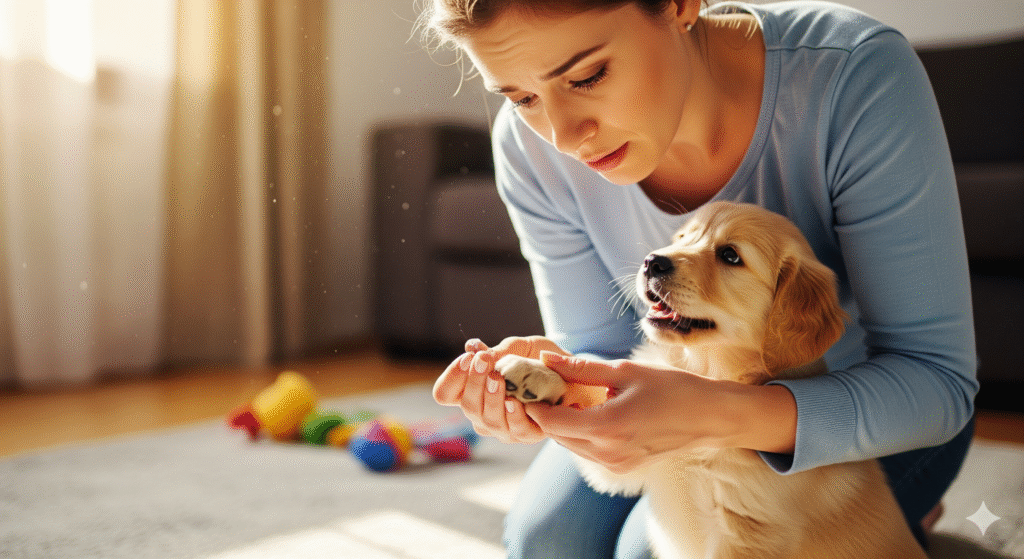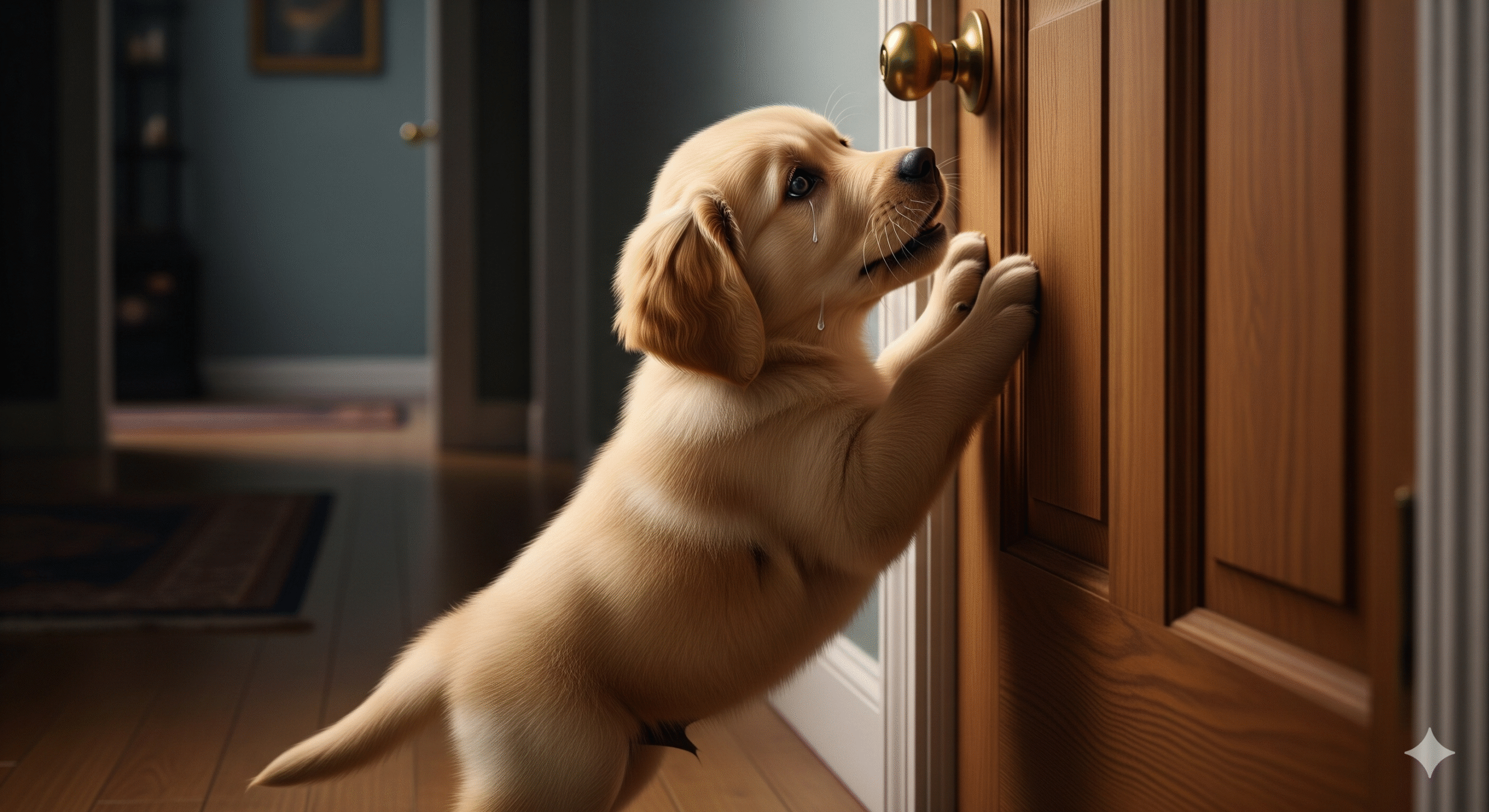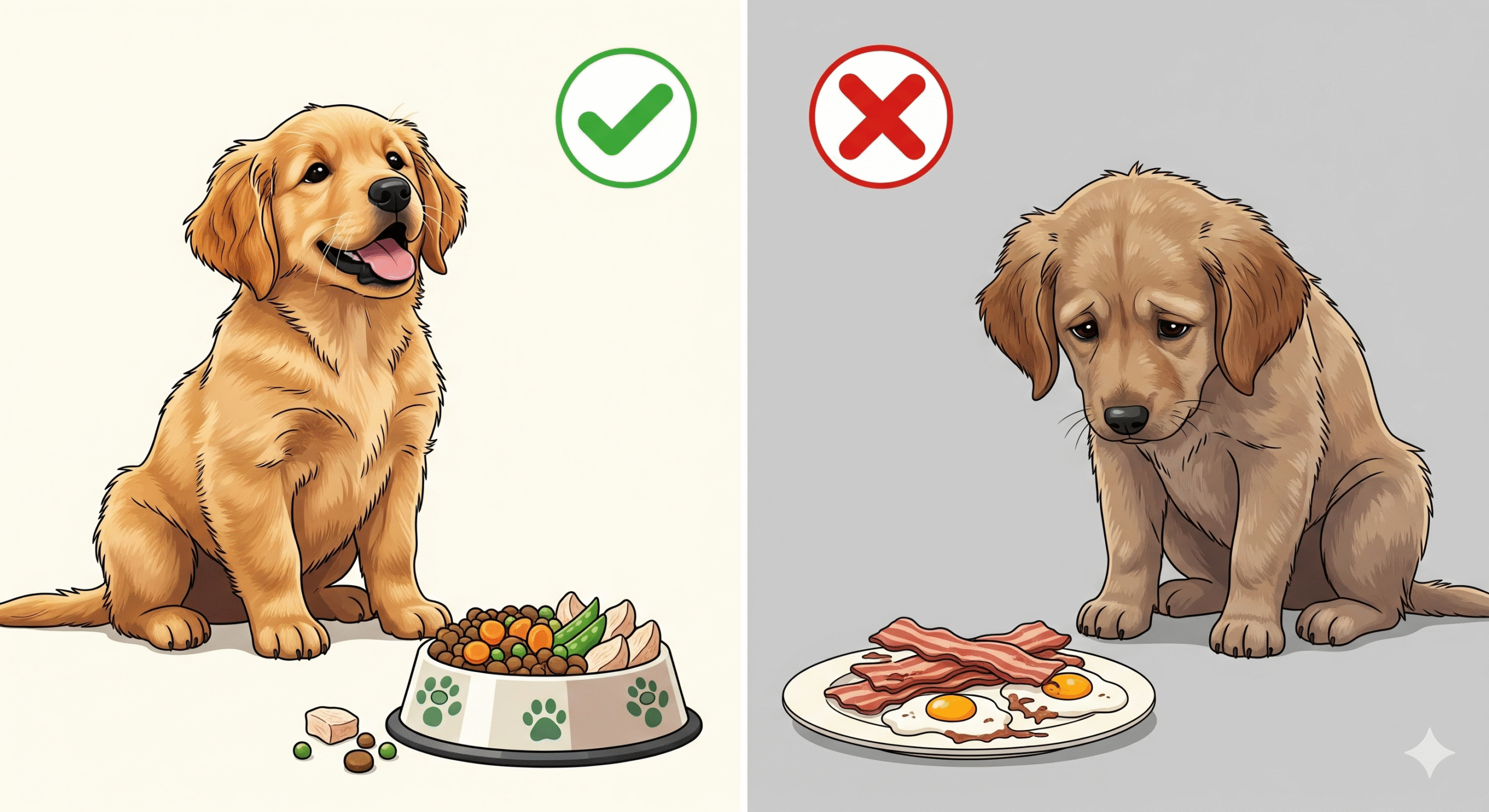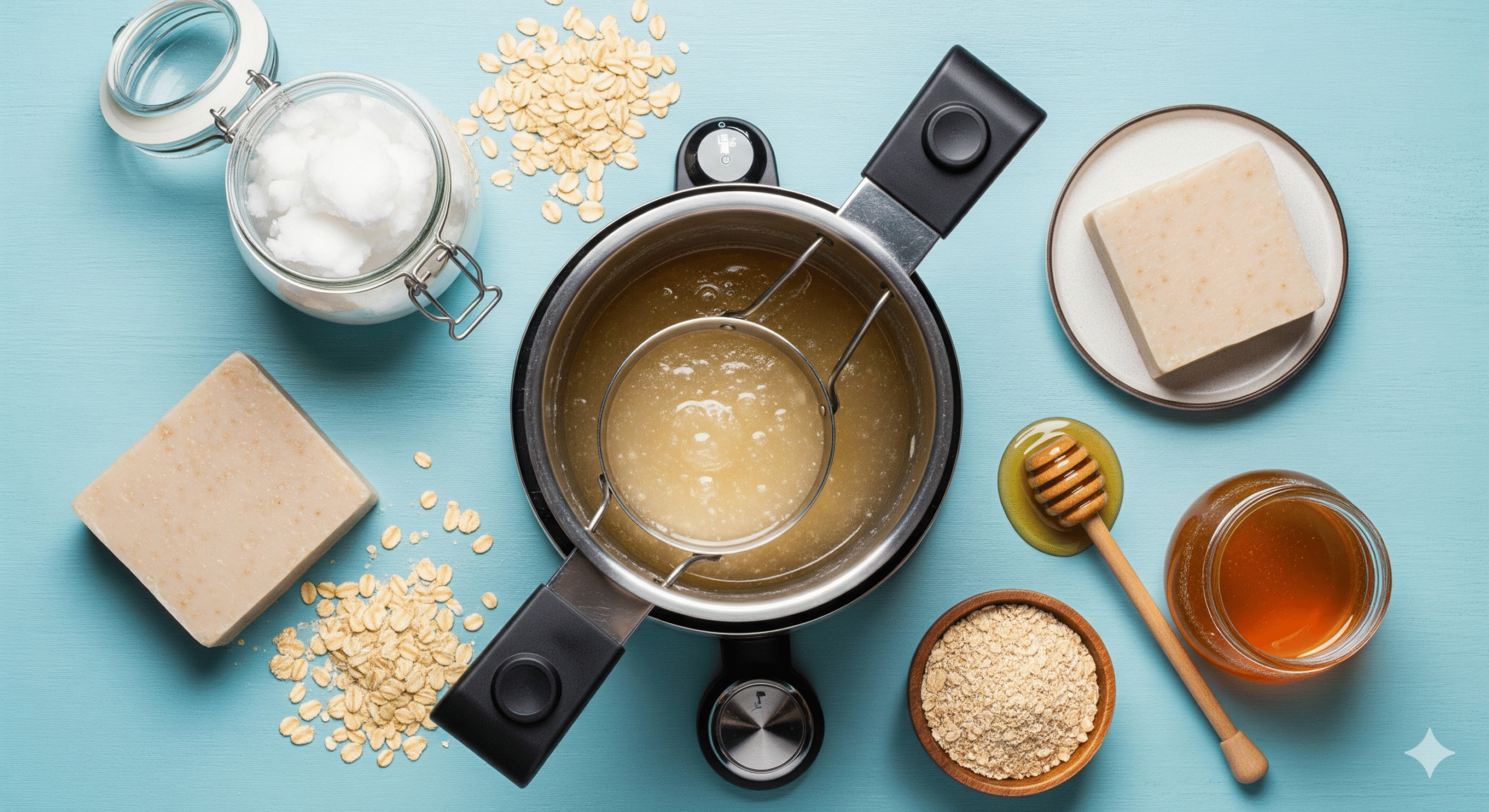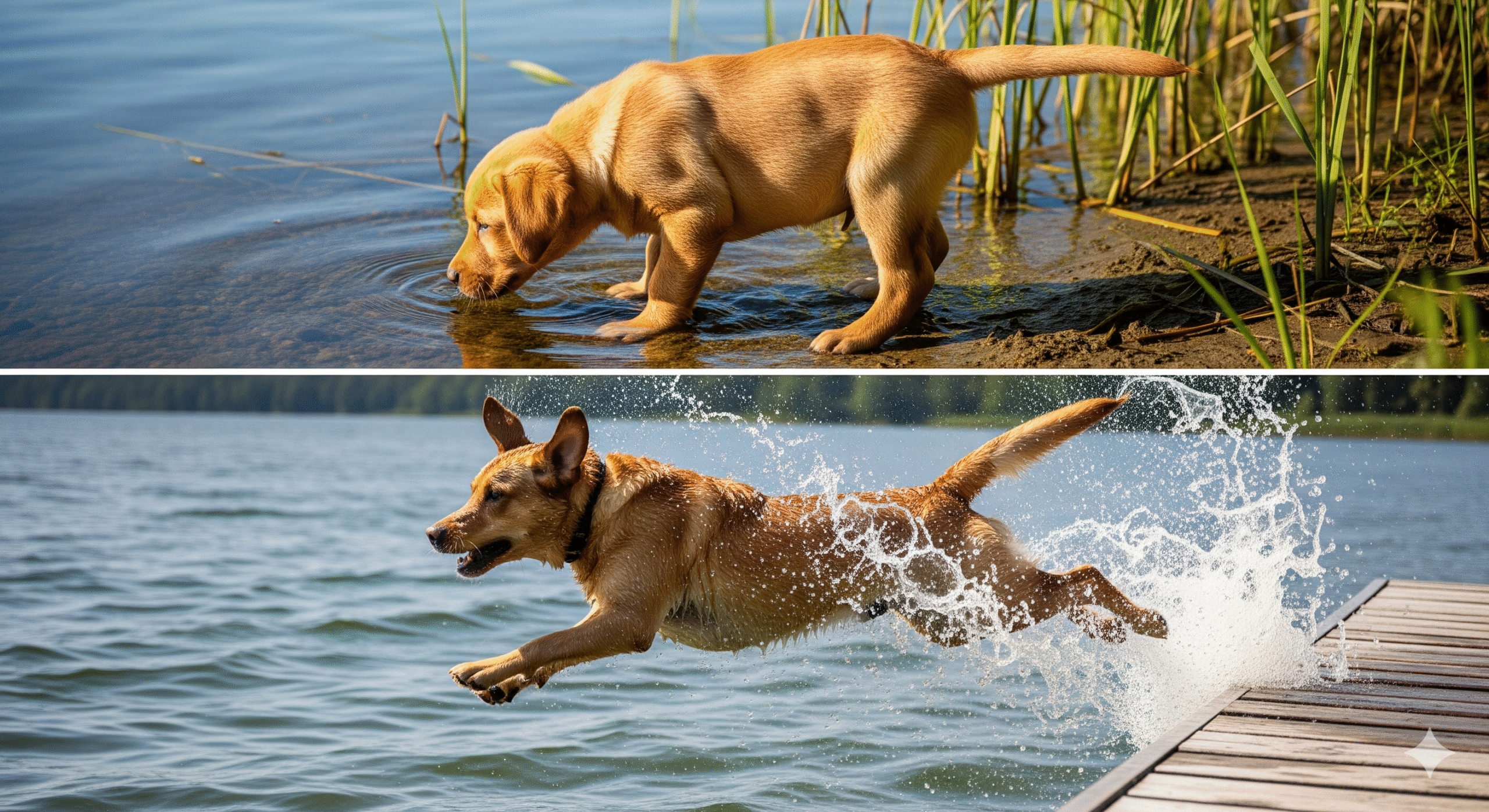That high-pitched, persistent whine can test the patience of even the most devoted puppy owner. While it’s a natural form of communication for dogs, constant puppy whining can be frustrating and confusing. Is your pup in pain? Scared? Just being demanding? Understanding the root cause is the absolute key to addressing it effectively. Punishing or yelling at a whining puppy rarely works and often makes anxiety-based whining worse.
This comprehensive guide will help you decode your puppy’s vocalizations and restore peace and quiet. We’ll cover:
✔️ The 5 main reasons puppies whine (it’s not just for attention!)
✔️ How to identify the specific cause behind your puppy’s behavior
✔️ Step-by-step solutions tailored to each type of whining
✔️ What to absolutely avoid doing (common mistakes that backfire)
✔️ When whining signals a real emergency
Let’s turn those sad whimpers into happy tail wags.
Why Do Puppies Whine? The 5 Main Causes 🧐
Puppies whine to express an emotional or physical need. Your job is to play detective and figure out which one it is.
1. Needs & Desires: “I Want Something!” 🍗
This is the most common type of whining. Your puppy has learned that whining is an effective way to get what they want.
- Hunger or Thirst: Is it near a scheduled mealtime? Is their water bowl empty?
- Needs to Potty: Puppies often whine, pace, or sniff the floor when they need to go out. This is a crucial signal to honor!
- Desire for a Toy/Bone: They might see something they can’t reach.
- Request for Attention: This is a big one. You’re sitting on the couch, and they whine at your feet.
2. Stress, Fear, or Anxiety: “I’m Scared!” 😨
This whine is often higher-pitched and may be accompanied by trembling, panting, or hiding.
- New Environment: Everything is new and scary in their new home.
- Loud Noises: Thunder, fireworks, or vacuum cleaners.
- Separation Anxiety: Whining, barking, or howling that starts shortly after you leave and may continue for a long time.
- Fear of People or Other Animals.
3. Pain or Discomfort: “Something Hurts!” 🩹
This is a critical cause to rule out. The whining may be constant, plaintive, and seem out of character.
- Teething Pain: Their gums are sore as adult teeth come in.
- Illness or Injury: An upset stomach, a pulled muscle, or a thorn in their paw.
- Uncomfortable Environment: Too hot, too cold, or lying in an awkward position.
4. Excitement: “I’m So Happy!” 🎾
Yes, puppies can whine from excitement too! It’s usually a higher-pitched, more energetic whine accompanied by wiggling and tail wagging.
- You just came home.
- They see you holding their leash.
- Another dog or favorite person is visiting.
5. Appeasement: “Don’t Be Mad, I’m Friendly!” 🐕
This is a softer whine, often paired with submissive body language like a low wagging tail, lowered body, and licking lips. They are trying to show they are not a threat.
How to Stop Puppy Whining: Cause-Specific Solutions 🛠️
Once you’ve identified the likely cause, use these targeted strategies.
For “Needs & Desires” Whining
- Ignore the Behavior: This is the most powerful tool. The moment your puppy whines for attention, turn your back, leave the room, or completely disengage. Do not make eye contact.
- Reward Quiet Moments: The nanosecond they stop whining, even to take a breath, praise and reward them. This teaches them that quiet gets attention, not whining.
- Meet Legitimate Needs Proactively: Take them out on a strict potty schedule and feed them at consistent times so their whining isn’t necessary.
For “Stress & Anxiety” Whining
- Identify and Remove Triggers: If the vacuum terrifies them, put them in another room with a stuffed Kong while you clean.
- Create a Safe Haven: A crate covered with a blanket can become a den where they feel secure.
- Use Calming Aids: A pheromone diffuser (like Adaptil) or a snuggle puppy heartbeat toy can work wonders for anxiety, especially at night.
- Desensitization: For fears like separation anxiety, you need a gradual training program. Start with leaving for just 30 seconds and slowly build up their tolerance.
For “Pain or Discomfort” Whining
- Consult Your Veterinarian Immediately: If you suspect pain, especially if the whining is new, persistent, and paired with lethargy, limping, or loss of appetite, a vet visit is your first step.
- Provide Teething Relief: Offer frozen washcloths, chilled rubber teething toys, or dental chews approved for puppies.
For “Excitement” Whining
- Stay Calm: Your energy feeds theirs. Use a calm, quiet voice when greeting them.
- Ask for a Behavior: Before leashing up for a walk or giving a toy, ask for a “sit.” This helps them practice self-control and channels their excitement into a command.
What NOT to Do When Your Puppy Whines ❌
🚫 Don’t Yell or Punish: This will only increase their anxiety and confusion. You might stop the whining temporarily out of fear, but you haven’t solved the underlying problem.
🚫 Don’t Give In: If you are 99% sure your puppy is whining for attention and all their needs are met, giving them a pet or picking them up teaches them that whining works. You must be consistent.
🚫 Don’t Comfort Fearful Whining Excessively: While you shouldn’t ignore a scared puppy, overly coddling them (“It’s okay, baby!”) can reinforce the fearful behavior. Instead, project calm, confident energy.
Nighttime Whining: A Special Case 🌙
Whining at night is extremely common and usually due to:
- Needing a potty break (their bladders are tiny!)
- Loneliness and anxiety from being separated from their littermates.
The Solution:
- Ensure they are tired from play and have pottied right before bed.
- Place their crate next to your bed so they can smell and hear you.
- Set an alarm for a strategic potty break before they start whining. If they do whine, take them out on a leash for a boring, business-only trip, then straight back to bed. No playtime.
- Resist bringing them into your bed unless you are prepared for that to be the new permanent arrangement.
When to Be Concerned: Is It an Emergency? 🚨
Contact your vet immediately if whining is accompanied by:
- Vomiting or diarrhea
- Refusal to eat or drink
- Limping or inability to stand
- Swollen abdomen
- Lethargy or weakness
Final Tips for a Quieter Household 🤫
✅ Be Patient: Whining is normal puppy behavior. It will get better with consistent training.
✅ Exercise is Key: A tired puppy is a quiet puppy. Ensure they get enough physical and mental stimulation.
✅ Stay Consistent: Everyone in the household must respond to whining the same way.
